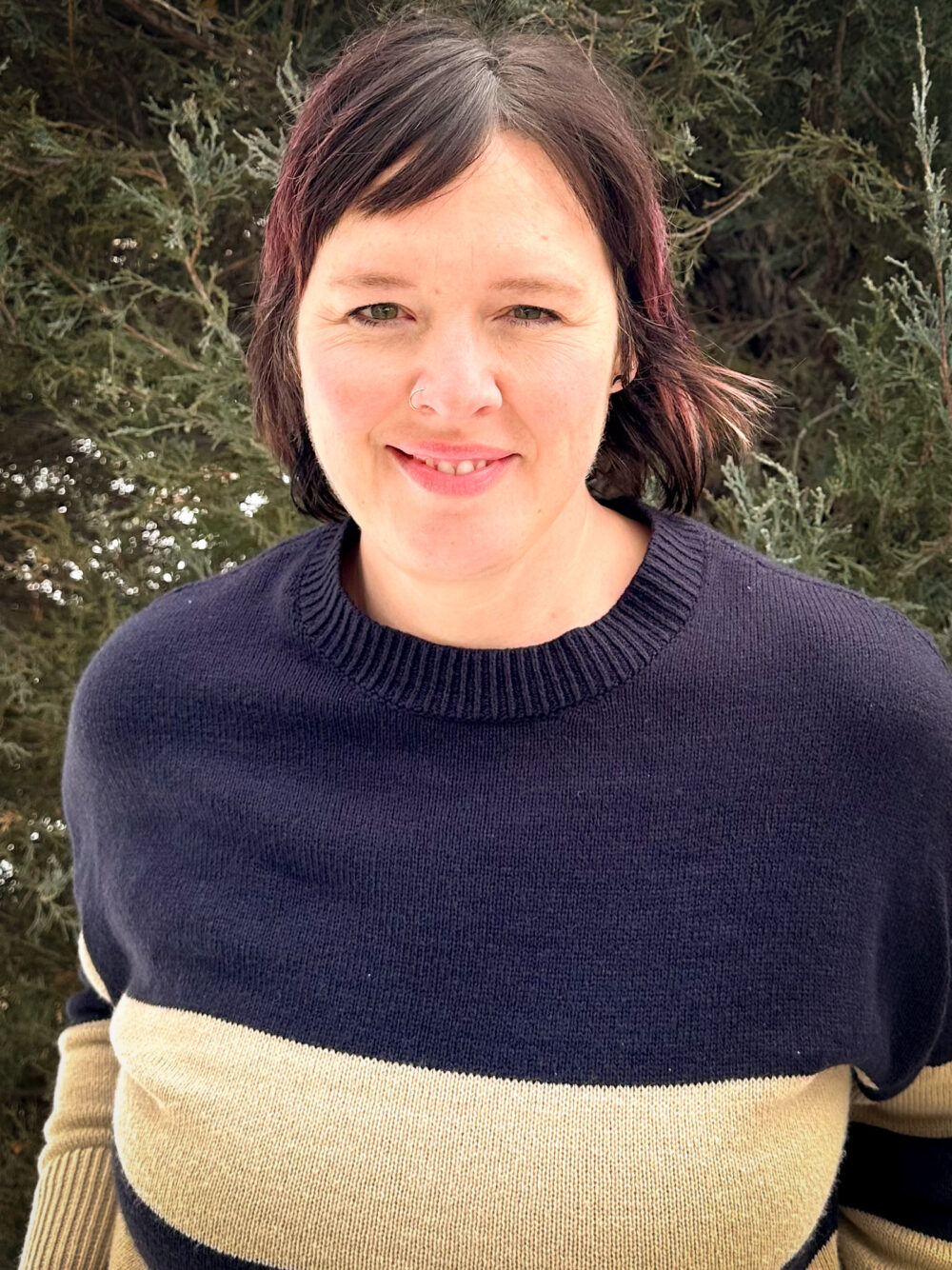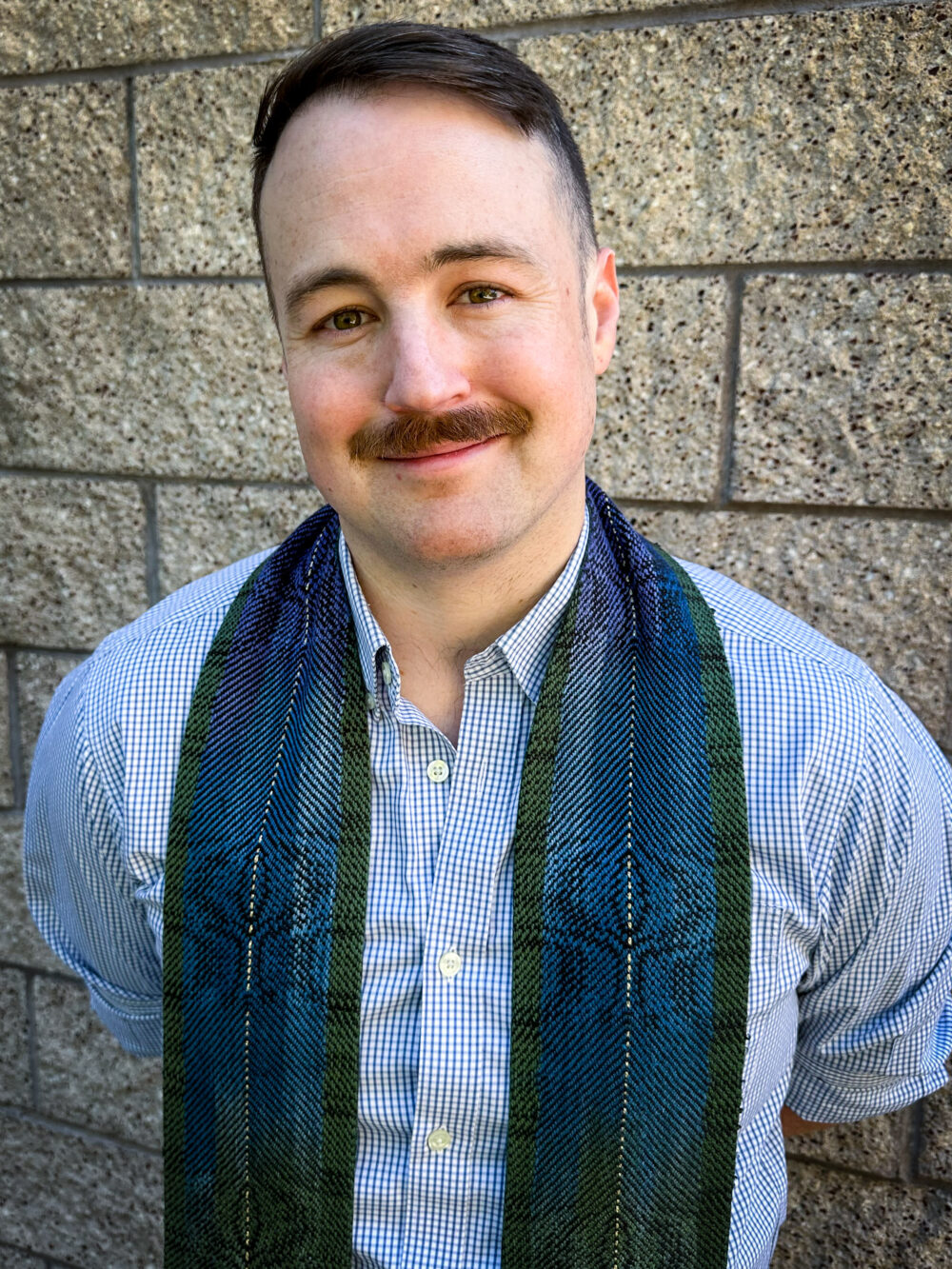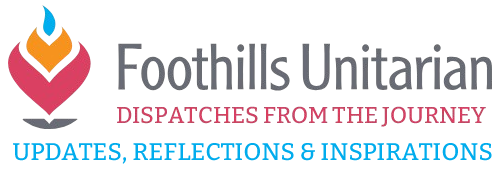from Jane Everham
“Words and deeds of prophetic women and men which challenge us to confront powers and structures of evil with justice, compassion, and the transforming power of love.”
While reflecting on this Source, I determined I didn’t want to quote or write about Gandhi or Martin Luther King – who are very, clearly prophetic voices that we recognize, value, and follow but who are already quoted extensively. I wanted to find some “unsung” voices from both past and present, speaking in perhaps more conventional ways.
Joan Baez – Joan Baez was not in my top ten list of prophetic voices until today when I read the headline: Joan Baez diffuses right wing protest at Idaho concert. Reading beyond the headline, I discovered that four men protested her concert with posters saying: “Joan Baez- Soldiers Don’t Kill Babies, Liberals Do,” and “Joan Baez Gave Comfort to Our Enemy in Vietnam & Encouraged Them to Kill Americans!” When Joan learned of their presence she went out to listen to them. She told them she wanted to hear their stories. She diffused the situation – the tension melted as they lay down their signs, and a conversation ensued, though the minds of the four were not necessarily changed. Afterward, Joan addressed her audience saying, “You know, they just wanted to be heard. Everyone wants to be heard. I feel like I made four new friends tonight.” Sometimes prophetic voices are most powerful when they are silent and just listen.
John Holt was an innovator in education who wrote many books back in the 60s and 70s. He promoted both homeschooling and unschooling – a radical departure from the public education that most of us experienced. Many of his ideas were suitable to homeschooling, small schools, and experimental schools, yet couldn’t be adapted to the extensive and complex structure of public school. However, his attitude of love, honor, advocacy for, and belief in children is something I took to work with me every day during my 34 years in education. This quote from Holt hangs on my wall at home:
“What is lovely about children is that they can make such a production, such a big deal out of everything or nothing . . . I never want to be where I cannot see it. All that energy and foolishness, all that curiosity, all those questions, talk, fierce passions, unconsolable sorrows, immoderate joys, seem to many a nuisance to be endured if not a disease to be cured. To me they are a national asset, a treasure beyond price . . .”
Prophetic voices don’t need to be famous icons, but the ideas they voice need to offer a vision that prods our own thinking.
Maya Angelou came to Fort Collins in 1985 and gave a way-too-poorly attended talk at the then Holiday Inn on Prospect. But the audience made up in enthusiasm what we lacked in numbers. Every attendee sat on the edge of their chair taking in every syllable this deep-voiced women spoke. She talked to us, read from her own books, and read Langston Hughes’ poetry and excepts from James Baldwin. To sit that close to Ms. Angelou and take in her glowing, (seriously, she did glow.) loving, large, “colored” self was mesmerizing. She told a powerful story about asking a white friend, “What color is your African- American neighbor?” The person balked, “Well, she’s black.” The friend didn’t say “duh,” but it was clearly implied. Ms. Angelou just smiled and went on to correct her by reading a poem, I believe by Langston Hughes, called “The Color of Black People.” It was simply a recitation of color words like cafe au lait, apricot, persimmon, licorice, cocoa, fawn, maroon and so many others to describe the color of “black” people. It was such an uncomplicated way to articulate and honor individual difference.
Ruth Bader Ginsburg – Go see the film about this amazing trail-blazer, icon, and extraordinary woman. Learn of her involvement in women’s rights dating back to the 70s. She is an inspiration and a role-model for all. This is one take-away from the film – “You can’t have the truth without Ruth!” Ginsburg credits her mother’s advice for much of her success as “be a lady (don’t give way to emotions that sap your strength and don’t get you anywhere,) foster a love of reading, and be independent.” Ginsberg’s writings display her dignity, knowledge, and independence. She is notorious for her independent streak and her thoughtful, wise, pointed yet even-toned spoken commentary is sadly becoming a rarity in our public discourse. Prophetic voices can be unconventional, unpretentious, polite, and profound.
In my mind, a prophetic voice doesn’t predict the future, it envisions the future. Many of us at Foothills have a vision of the world we want to leave our grandchildren. We must remember that sometimes the prophetic voice is our own. We can speak out. This world needs our visions and our voices.

Katie believes the best things in life are the result of collaboration and diverse perspectives coming together to produce something greater than any individual could. She is passionate about systems, efficiency and collaboration for better community outcomes. She loves dreaming up the big picture and drafting the roadmap to make it happen. She has a background in operations, fundraising, communications and program development, as well as over a decade of nonprofit management experience in Northern Colorado.
Her greatest joy in life comes from her family. Her husband, Steven, a principal at Wellington Middle School, and daughters Emmaline and Esmae are the lights of her life. Together they love mountains, music and all kinds of food. She is passionate about women supporting other women in all stages of life and especially through the critical moments that make or break us. She believes that one of the most important things in life is to be kind.
Being outdoors makes her soul come alive. It always roots her in gratitude and is one of the reasons she loves living in Fort Collins.



